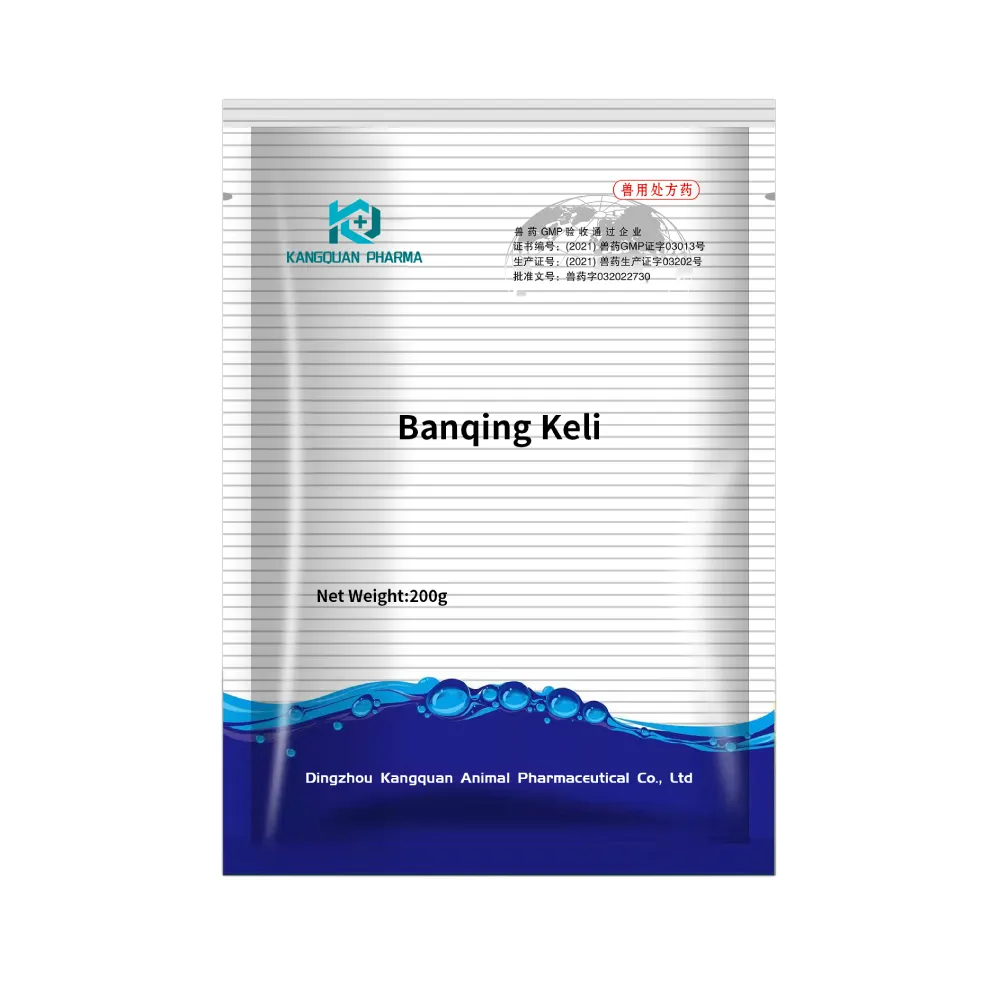- Afrikaans
- Albanian
- Amharic
- Arabic
- Armenian
- Azerbaijani
- Basque
- Belarusian
- Bengali
- Bosnian
- Bulgarian
- Catalan
- Cebuano
- Corsican
- Croatian
- Czech
- Danish
- Dutch
- English
- Esperanto
- Estonian
- Finnish
- French
- Frisian
- Galician
- Georgian
- German
- Greek
- Gujarati
- Haitian Creole
- hausa
- hawaiian
- Hebrew
- Hindi
- Miao
- Hungarian
- Icelandic
- igbo
- Indonesian
- irish
- Italian
- Japanese
- Javanese
- Kannada
- kazakh
- Khmer
- Rwandese
- Korean
- Kurdish
- Kyrgyz
- Lao
- Latin
- Latvian
- Lithuanian
- Luxembourgish
- Macedonian
- Malgashi
- Malay
- Malayalam
- Maltese
- Maori
- Marathi
- Mongolian
- Myanmar
- Nepali
- Norwegian
- Norwegian
- Occitan
- Pashto
- Persian
- Polish
- Portuguese
- Punjabi
- Romanian
- Russian
- Samoan
- Scottish Gaelic
- Serbian
- Sesotho
- Shona
- Sindhi
- Sinhala
- Slovak
- Slovenian
- Somali
- Spanish
- Sundanese
- Swahili
- Swedish
- Tagalog
- Tajik
- Tamil
- Tatar
- Telugu
- Thai
- Turkish
- Turkmen
- Ukrainian
- Urdu
- Uighur
- Uzbek
- Vietnamese
- Welsh
- Bantu
- Yiddish
- Yoruba
- Zulu
Dec . 16, 2024 22:34 Back to list
colistin sulphate
Colistin Sulphate Understanding Its Role and Implications in Modern Medicine
Colistin sulphate, a polypeptide antibiotic, has gained significant attention in recent years, particularly in the context of treating multidrug-resistant (MDR) infections. Originally discovered in the late 1940s, colistin was widely used until the advent of newer antibiotics, leading to a decline in its use due to concerns about nephrotoxicity and neurotoxicity. However, with the rising threat of antibiotic resistance, colistin has re-emerged as a last-resort antibiotic for severe infections caused by Gram-negative bacteria, especially those resistant to other treatments.
Mechanism of Action
Colistin exerts its bactericidal effects by disrupting the integrity of the bacterial cell membrane. It binds to the lipopolysaccharides (LPS) present in the outer membrane of Gram-negative bacteria, leading to increased permeability and cell death. This mechanism makes colistin particularly effective against a range of infectious agents, including Klebsiella pneumoniae, Pseudomonas aeruginosa, and Acinetobacter baumannii, which are often resistant to multiple other antibiotics.
Clinical Applications
Colistin is primarily indicated for serious infections caused by multidrug-resistant Gram-negative pathogens. It is often reserved for respiratory infections, bloodstream infections, and urinary tract infections, where conventional treatments have failed. In hospital settings, especially in intensive care units, colistin is frequently utilized to manage infections in critically ill patients.
Apart from its systemic use, colistin is also used in the agricultural sector as a growth promoter in livestock. This dual use has raised concerns about the potential for colistin resistance to spread from animals to humans, highlighting the need for careful management of its use.
Resistance and Challenges
colistin sulphate

One of the significant challenges in the use of colistin is the emergence of resistance. Resistance mechanisms, such as modifications of LPS through the addition of phosphoethanolamine or 4-amino-4-deoxy-L-arabinose, have been increasingly reported in clinical isolates, often leading to treatment failures. The mobile colistin resistance gene (mcr-1) discovered in plasmids has intensified this concern, as it can easily spread among bacterial populations, complicating treatment options.
In response to these challenges, researchers are investigating combination therapies involving colistin and other antibiotics or adjuvants to enhance efficacy and reduce the risk of resistance. Studies have shown that combining colistin with carbapenems or other agents can yield synergistic effects, potentially improving outcomes in patients with severe infections.
Safety and Side Effects
While colistin can be life-saving, its use is not without risks. The most common side effects include nephrotoxicity and neurotoxicity, which can lead to acute kidney injury and neurological symptoms such as dizziness, confusion, or seizures. Due to these potential toxic effects, careful monitoring of renal function is necessary during treatment, and dose adjustments may be required based on kidney function.
Future Directions
The growing prevalence of antibiotic resistance necessitates the ongoing study of colistin and its alternatives. New formulations, including nebulized colistin for respiratory infections and the use of liposomal colistin to enhance delivery and reduce toxicity, are under investigation. Furthermore, the development of rapid diagnostic tools to identify resistant strains can assist clinicians in making informed decisions about the use of colistin.
Conclusion
Colistin sulphate stands at the crossroads of urgency and caution in modern medicine. As antibiotic resistance continues to pose a significant threat to global health, colistin's role as a last-resort treatment for MDR infections cannot be understated. However, its associated risks and the potential for resistance mean that it must be used judiciously. Continuous research, responsible usage, and surveillance are imperative to maintaining the efficacy of colistin in the face of evolving bacterial challenges. In this context, understanding colistin's complexities and implications will be crucial for healthcare professionals and policymakers alike.
-
Guide to Oxytetracycline Injection
NewsMar.27,2025
-
Guide to Colistin Sulphate
NewsMar.27,2025
-
Gentamicin Sulfate: Uses, Price, And Key Information
NewsMar.27,2025
-
Enrofloxacin Injection: Uses, Price, And Supplier Information
NewsMar.27,2025
-
Dexamethasone Sodium Phosphate Injection: Uses, Price, And Key Information
NewsMar.27,2025
-
Albendazole Tablet: Uses, Dosage, Cost, And Key Information
NewsMar.27,2025













